Can You Paint Over Polyurethane or Varnish?
That one old piece of furniture you got from a second hand store is finally getting the makeover you envisioned and the last thing you want during your project is to spend your time and hard earned money trying to make something perfect – only for it to peel away right before your eyes. Luckily, here at Old Crow Painting, our years of working in the industry have given us just the right tips and tricks to set you up for success on your next painting project.
Methods of preparing polyurethane treated surfaces
First and foremost: Before you start painting over anything, it is important to prepare the surface that you intend to paint — even if that surface is simply stained wood. Luckily, there are a few preparation methods that can be used to start your project! Let’s take a look:
Option 1: Sanding down your surface
Our first option is sanding. Used for generations, this method has become a staple in ensuring your new coat of paint binds correctly. There are many different types of sanding tools that can be used depending on the size and shape of the piece you intend on painting.
When sanding it is important to remember these two things: Firstly, do not try to remove the entire coat of pre-existing paint. Sanding is there to aid your primer in ‘gripping’ onto the surface you will be painting, as well as creating a smooth surface for a smooth finish. Secondly, ensure that if you’re using an orbital sander (maybe on a larger project), it is in your best interest to wear a mask to filter out any debris.
Once the item is sanded, it is important to wipe off any residual dust prior to moving forward.
Option 2: Use a deglosser
The next option for painting over polyurethane is using a liquid sander, also known as a deglosser. This step is recommended to use in addition to sanding, but can be used by itself if necessary. To apply the deglosser, simply use a sponge or brush and allow the solution to sit for around 10 minutes before wiping it off with a rag.
Note: There are different types of deglosser that can be used. For items with a polyurethane finish, it is recommended to use a water-based deglosser.
Option 3: Start with a bonding primer
Last but not least, bonding primer. Whether you choose to sand or apply a deglosser - or both - it is essential to apply a layer of primer prior to adding any additional paint. Adding the primer will allow your new paint to adhere to its pre-existing polyurethane coating.
It is our recommendation to use an oil-based primer as it has continuously proven effective when put up against polyurethane topcoats.
How to paint over polyurethane or varnish
Now that we’ve set the foundation and you have an understanding of what’s needed to start your painting project, let’s jump into the basics of painting.
What’s the best kind of paint for the job?
The type of paint you use is completely dependent on your project. The location of the item being painted, its size, as well as how frequently it is used will all go into determining what paint is best suited for your job. It is also important to choose the appropriate finish such as semi gloss, satin, or eggshell paint.
Oil Based Paint – This paint is often used by professionals due to its resilient nature and long lasting durability; however, it can come with a few downsides. The primary concern for oil based paint is that it can be harder to apply, take longer to dry, and can even have harsh fumes during the application process.
Latex Paint – This is a water based paint. Latex paint is slightly less durable than oil based paints, but is commonly used within households on surfaces like walls and cabinets.
Step 1: Clean the surface, prepare your area
Regardless of what type of paint you choose for your job, it is important to make sure the area you have chosen to paint is adequately cleaned and prepped. This prep work is where you will fill in any dents, sand down any existing paint, apply deglosser, and wipe down the surface area prior to applying primer.
Step 2: Apply your primer
When applying primer, ensure to apply at least two coats. Allow each coat to dry before the next application. If needed, you can gently sand the coats of primer between applications to ensure a smooth finish.
Step 3: Time to paint!
When painting, we suggest following the guidelines of the paint manufacturer when it comes to the recommended number of coats; however, here are a few effective ways to apply your paint.
Firstly, when you are painting, ensure you make smooth, consistent strokes. Try to avoid going over areas that already have a coat of paint until the entire area has dried and it is time to apply another layer of paint. Secondly, it is important to use the right tools for the job. Use a roller brush or paint gun for large, flat surfaces and a bristle paint brush for those small or hard to reach areas.
Hire Old Crow Painting for your next home painting project
If you ever find yourself stuck or struggling to execute the painting project you’ve been working on, please feel free to give us a call here at Old Crow Painting. We’re sure to finish and perfect any painting job you provide us with.

